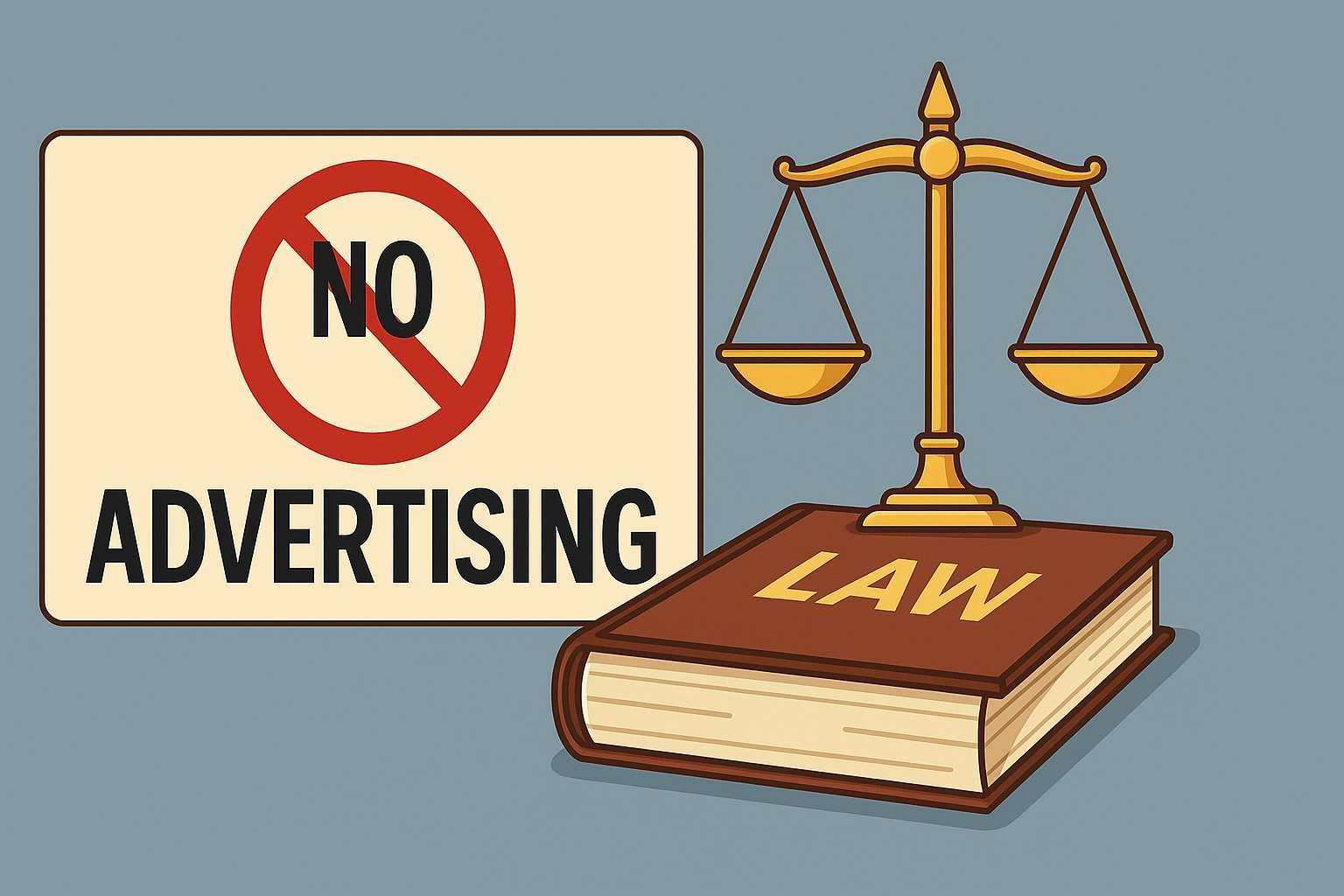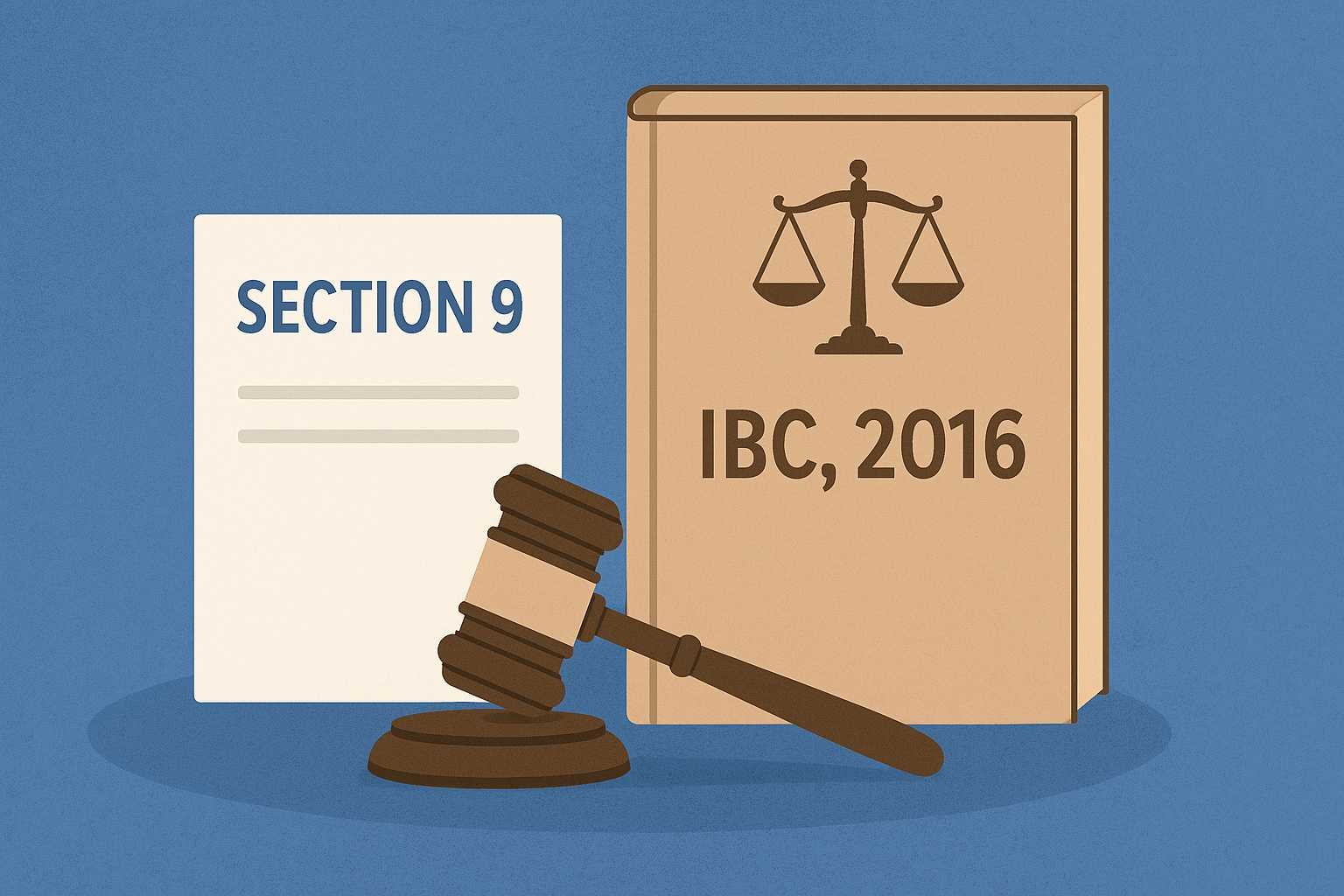On this page you will read detailed information about Environmental Protection Act 1986.
As an environmentally conscious citizen concerned with preserving nature’s bounty for future generations, you likely want to understand the key Indian policies guiding conservation efforts. This article provides an informative overview of the Environmental Protection Act, the central legislation empowering India’s Ministry of Environment and Forests to coordinate ecological preservation nationwide. In 100 insightful words, we summarize the key tenets, evolution, and on-the-ground impact of this vital statute you may wish to comprehend as someone invested in India’s environmental wellbeing. Gaining working knowledge of the foundational Environmental Protection Act will equip you to better evaluate the country’s current green governance while appreciating how far there is left to go.
What Is the Environmental Protection Act in India?
The Environmental Protection Act of 1986 is India’s umbrella environmental law. Its purpose is to protect the environment, control pollution, and promote sustainable development. The Act established the Ministry of Environment and Forests which oversees environmental protection in India.
Under the Environmental Protection Act, the Central Pollution Control Board and State Pollution Control Boards were formed to set national and state-level standards for environmental quality and pollution control. These standards cover:
- Air pollution from vehicles, power plants, and other sources. The Air (Prevention and Control of Pollution) Act of 1981 regulates air quality standards.
- Water pollution from industrial and domestic sources. The Water (Prevention and Control of Pollution) Act of 1974 regulates water quality standards.
- Noise pollution from vehicles, industrial activity, and construction. Noise pollution rules regulate acceptable decibel levels.
- Coastal regulation from activities that damage coastal areas and marine environments. The Coastal Regulation Zone Notification regulates development activities in coastal areas.
The Environmental Protection Act empowers the government to take measures to eliminate pollution at its source, ensure the proper handling and disposal of hazardous wastes, and protect ecologically sensitive areas. It is an umbrella law designed to provide a framework for Central and State authorities to coordinate environmental protection initiatives across India.
To enforce environmental laws and regulations, the government can conduct inspections, analyze environmental samples, shut down non-compliant industries, and file lawsuits against polluters. Penalties include fines and even imprisonment. However, limited resources and staffing challenges have made it difficult to fully enforce environmental rules in India.
Overall, the Environmental Protection Act of 1986 was an important step toward regulating pollution, protecting critical ecosystems, and making sustainable development a national priority in India. With stronger enforcement and more public participation, the Act can help India balance rapid economic growth with environmental protection.
History and Background of the Environmental Protection Act
The Environmental Protection Act of 1986 is India’s primary legislation for protecting the environment. It was enacted by the Parliament of India in 1986 to protect and improve the overall environment. The Act was passed by the Rajya Sabha on 29 April 1986 and by the Lok Sabha on 23 May 1986. The Act was amended in 1991 to include more stringent punishment for those who violate the rules.
Need for an Umbrella Legislation
Prior to the EPA, India had a plethora of laws focusing on specific types of pollution or certain aspects of the environment. There was no umbrella legislation and the existing laws were inefficient and inadequate. The Bhopal gas tragedy of 1984 and the oleum gas leak in New Delhi in 1985 were wake-up calls that highlighted the need for an umbrella legislation that would provide a holistic framework for environmental protection.
Salient Features of the Act
The EPA gives the Central Government the power to take measures to protect and improve environmental quality, control pollution and safeguard public health. Some of the key provisions of the Act include:
- The establishment of the Central Pollution Control Board (CPCB) and State Pollution Control Boards (SPCBs) to prevent and control pollution.
- Prohibition of polluting activities without consent from the SPCBs.
- Power to inspect premises and examine documents to ensure compliance.
- Imposition of penalties for violation of the Act.
- Issuance of directions to close, prohibit or regulate any polluting industry.
- Funding for pollution control activities and research.
This legislation marked a turning point in India’s environmental history. Though enforcement and implementation remain challenging, the EPA has helped raise awareness about environmental issues and made industries more responsible and accountable. Amendments over the years have also strengthened the Act, making it a fairly comprehensive code for environmental protection in India.
Key Provisions of the Environmental Protection Act 1986
The Environmental Protection Act of 1986 is the umbrella act in India that provides a framework for environmental protection. Some of the key provisions under this Act include:
Establishment of Authorities
The Act establishes the Central Pollution Control Board to prevent and control pollution at the national level, and the State Pollution Control Boards to do the same at the state level. These authorities are responsible for granting consent for any emissions or discharge of environmental pollutants.
Power to Take Water and Air Pollution Measures
The Act empowers the government to take measures to prevent, control and abate water and air pollution. This includes the power to set water and air quality standards, inspect pollution control equipment, and issue directions to control emissions and effluents.
Power to Declare Environmentally Sensitive Areas
The government can declare any area as an ‘environmentally sensitive area’ and restrict activities like construction, operation of industries, and transportation in that area. This helps protect ecologically fragile areas.
Penalties for Violation
The Act specifies strict penalties for violation of its provisions, including fines and imprisonment. Penalties can be imposed on individuals as well as organizations and companies. This aims to enforce compliance with environmental laws and regulations.
Responsibility of Local Governments
Local governments like municipal corporations are responsible for handling and managing water pollution, waste management, and maintaining air quality in their respective areas as per the provisions of this Act.
The Environmental Protection Act of 1986 is a comprehensive act that provides a regulatory framework to protect the environment. By establishing authorities, setting standards, declaring sensitive areas, imposing penalties and defining responsibilities, it aims to curb pollution and safeguard nature. Overall, it is a pivotal legislation that shapes environmental governance in India.
Amendments Made to the Environmental Protection Act Over the Years
The Environmental Protection Act (EPA) of 1986 has seen several amendments to strengthen environmental regulations in India. Since its enactment, the Central Government has issued notifications and orders to amend the EPA and address emerging environmental concerns.
In 1991, the Central Government notified the EPA (Amendment) Rules to regulate hazardous wastes. The rules created mechanisms for proper collection, reception, treatment, storage, and disposal of hazardous wastes.
The EPA was amended again in 2000 to regulate noise pollution in India. The Noise Pollution (Regulation and Control) Rules set limits for ambient noise levels in residential, commercial, and industrial areas. The rules also regulate noise from vehicles, firecrackers, and loudspeakers.
In 2001, the Biomedical Waste (Management and Handling) Rules were notified under the EPA to regulate the disposal of infectious and non-infectious waste from health facilities. The rules mandate proper segregation, packaging, transportation, storage, and disposal of biomedical waste.
The Plastic Waste Management Rules of 2016 further strengthened plastic pollution control measures under the EPA. The rules ban certain plastic products, mandate extended producer responsibility, and promote environmentally sustainable alternatives.
The EPA was last amended in 2021 to adopt the Stockholm Convention on Persistent Organic Pollutants (POPs). The POPs rules regulate and eventually eliminate the production and use of chemicals like DDT and PCBs that remain intact in the environment and accumulate in human and animal tissue.
Through these amendments and notifications, India’s environmental regulations have evolved to address various types of pollution in a comprehensive manner. The EPA continues to be a powerful tool for environmental protection and sustainable development in India. Constant review and amendment of the law are needed to make it more stringent, close any regulatory gaps, and align it with global best practices.
In the previous post, we had shared information about False Accusation Under Section 375: Know Your Rights, so read that post also.
Critical Analysis of the Environmental Protection Act
The Environmental Protection Act, 1986 is India’s umbrella legislation related to environmental protection. Enacted in 1986, the goal of this Act is to protect the environment from pollution and human interference. It aims to fill the gaps in the existing legislations while also strengthening the existing environmental legislations.
This Act empowers the central government to establish authorities for environmental protection, regulate and control hazardous wastes, and ban or restrict industries/operations causing environmental degradation. Some of the key provisions of this Act include:
- Establishment of the Central Pollution Control Board and State Pollution Control Boards for preventing and controlling pollution. These boards have the power to conduct surveys, collect data regarding pollution, and recommend remedial measures.
- Restriction on handling of hazardous substances without permission. The govt can prohibit or restrict the handling of hazardous substances to protect the environment.
- Power to give directions. The Central Govt can issue directions to any person, officer or authority for environmental protection under this Act. Failure to comply with the directions can lead to legal consequences.
- Penalties and offences. The Act prescribes penalties for various environmental offences like failure to comply with the orders/directions, handling hazardous substances without permission, falsifying data or providing misleading information, etc. Offenders can face imprisonment and/or fines.
While this Act has empowered authorities to take action against pollution and environmental degradation, there is still a need for stricter enforcement and heavier penalties. Constant monitoring and auditing are required to ensure effective implementation of the Act. Overall, the Environmental Protection Act is a step in the right direction to protect India’s natural environment through regulatory and remedial measures. With periodic amendments and stricter enforcement, this Act can prove to be an effective tool for environmental governance in India.
Implementation of the Environmental Protection Act by Central and State Pollution Control Boards
The Central Pollution Control Board (CPCB) and State Pollution Control Boards (SPCBs) are responsible for implementing the Environmental Protection Act (EPA) of 1986. To enforce the EPA, the CPCB and SPCBs undertake various initiatives:
- Monitoring environmental quality by conducting surveys, collecting and analyzing environmental samples
- Inspecting and regulating potential polluters such as industries, mines, and local authorities by reviewing and approving environmental impact assessments and management plans
- Issuing consent orders for industries to operate that specify emission and discharge standards, and monitoring compliance
- Taking punitive action against defaulters such as issuing closure notices or launching prosecution in courts of law
- Conducting mass awareness campaigns on environmental issues by organizing seminars and workshops
- Coordinating with other government agencies and public representatives on environmental matters
The CPCB sets national standards for quality of air, water, and soil as well as emission and discharge standards for industries and local authorities. The SPCBs adapt and enforce these standards at state level based on local environmental conditions. They also provide consent to industries and monitor compliance.
To strengthen implementation of the EPA, greater transparency and accountability in the functioning of CPCB and SPCBs is required. Their monitoring and inspection procedures need to be more rigorous and time-bound. Coordination between CPCB, SPCBs and other stakeholders should be enhanced through regular meetings and information sharing. More staff and better infrastructure and equipment will enable CPCB and SPCBs to improve monitoring of environmental quality and regulation of pollution sources. Stronger punitive action needs to be taken against persistent defaulters to create deterrence. With continuous capacity building and adoption of latest technologies, CPCB and SPCBs can implement the EPA more effectively.
Overall, while CPCB and SPCBs have been instrumental in controlling pollution and protecting the environment, more concerted efforts are needed to strengthen implementation of the EPA across India. With greater transparency, accountability, coordination and use of technology, CPCB and SPCBs can achieve comprehensive environmental regulation and management.
Significant Judgements Related to the Environmental Protection Act
The Environmental Protection Act of 1986 has led to several significant judgments by the Supreme Court of India that have strengthened environmental jurisprudence in the country.
Vellore Citizens Welfare Forum v. Union of India (1996)
This landmark judgment upheld the ‘precautionary principle’ and ‘polluter pays principle’. It stated that when there are threats of serious or irreversible damage to the environment, lack of scientific certainty should not be used as a reason for postponing cost-effective measures to prevent environmental degradation. It also ruled that the absolute liability for harm to the environment extends not only to compensate the victims of pollution but also the cost of restoring the environmental damage.
M.C. Mehta v. Union of India (1997)
This case addressed the issue of vehicular pollution in Delhi. The Supreme Court ordered the conversion of all buses and auto rickshaws to compressed natural gas. It also ordered the creation of a high-security number plate system to track vehicles. These measures significantly reduced air pollution levels in Delhi.
M.C. Mehta v. Union of India (1998)
This judgment passed orders to improve the ambient air quality in Delhi. It set timelines for the conversion of public transport vehicles to CNG, phasing out of old vehicles, use of cleaner fuel for industries, and shifting of polluting industries out of Delhi.
Indian Council for Enviro-Legal Action v. Union of India (1996)
This case addressed the pollution caused by various chemical industries in Bichhri village of Udaipur district. The Supreme Court ordered the closure of many defaulting polluting units, imposed costs on them, and formed monitoring committees to assess pollution levels. It emphasized the ‘Polluter Pays Principle’ and gave primacy to the right to life under Article 21 of the Constitution.
In summary, the Environmental Protection Act of 1986, and the subsequent judgments by the Supreme Court of India, have strengthened the environmental jurisprudence and governance in the country. They have upheld important principles like the precautionary principle, polluter pays principle, and sustainability, emphasizing the priority of the environment and public health.
Challenges in Enforcement of the Environmental Protection Act
India’s Environmental Protection Act of 1986 aims to protect the environment, control pollution, and conserve natural resources. However, effective enforcement of the act faces several obstacles.
Limited resources and staffing hinder the Central Pollution Control Board (CPCB) and State Pollution Control Boards (SPCBs) from properly monitoring compliance with the act. These organizations lack sufficient funding, technical equipment, and personnel to monitor all potential violations across India. They cannot keep up with the volume of environmental impact assessments, pollution monitoring requirements, and compliance inspections mandated by the act.
Vague or ambiguous language in the act leads to inconsistent interpretation and enforcement. For example, the act does not clearly define terms like “hazardous substances” or “environmental pollutants.” The CPCB and SPCBs have significant discretion in determining what constitutes a violation, creating uncertainty for businesses and the public. Updated, precise language and specific pollution standards would provide clearer guidance.
Corruption and lack of transparency undermine the goals of the act. Government officials may be susceptible to bribery and improperly issue environmental clearances or overlook violations. The public has limited access to information on pollution levels, violations, and enforcement actions. Greater transparency through publicly available data and mandatory disclosure of environmental impact assessments would increase accountability.
The act’s penalties are not stringent enough to deter violations. Monetary fines for noncompliance are often seen as a cost of doing business rather than an effective deterrent. Harsher penalties like temporary closure of facilities or imprisonment are rarely enforced. Stronger, mandatory penalties for violations would motivate greater compliance.
In summary, enhancing resources and technical capacity, improving the clarity of the act, increasing transparency, and instituting stricter penalties are necessary to strengthen enforcement of this crucial environmental law. With political will and continuous civic engagement, India can better protect public health and natural resources through robust implementation of the Environmental Protection Act.
Environmental Protection Act FAQs: Your Top Questions Answered
Frequently asked questions about India’s Environment Protection Act aim to clarify the law and how it is implemented. Enacted in 1986, the Environment Protection Act serves as an umbrella legislation for the protection and improvement of the environment.
The Environment Protection Act’s objective is to protect and improve environmental quality and enable government agencies to curb industrial pollution and waste management. It empowers the central government to take measures to protect and improve the quality of the environment by preventing environmental pollution of all kinds.
The Environment Protection Act regulates industrial activities that produce pollution and hazardous waste materials. It gives the government authority to inspect industrial facilities, develop pollution control standards, and prosecute offenders. The law also regulates the management and disposal of hazardous waste materials.
The Environment Protection Act is enforced through multiple government agencies, including the Central Pollution Control Board and State Pollution Control Boards. These agencies monitor environmental quality, develop regulations and standards, issue licenses and permits, inspect facilities, and take legal action against violators. Enforcement measures include fines, closure of facilities, and imprisonment.
The Ministry of Environment, Forest and Climate Change oversees implementation of the law. The Central Pollution Control Board sets national standards while State Pollution Control Boards implement regulations at the local level. All citizens have a responsibility to comply with the Act’s rules to prevent environmental harm. Industrial facilities must follow pollution control laws and obtain proper permits and licenses.
To summarize, the Environment Protection Act aims to curb pollution, regulate waste, and empower government agencies to take action against violators. By understanding the purpose and scope of this important law, individuals and businesses can do their part to ensure a clean and healthy environment for all.
Conclusion
As you have seen, the Environmental Protection Act of 1986 is a landmark legislation aimed at protecting and improving the environment in India. By establishing various authorities, setting standards, and enabling citizens to take legal action, the act empowers people across the country to be environmental stewards. While progress has been made, continued efforts by government, businesses, communities and individuals are essential to address the ongoing threats from pollution, habitat destruction and climate change. We all must recognize our personal responsibility and contribute through individual actions as well as supporting broader initiatives. Our shared future depends on how well we care for the air, water and land today.
Disclaimer
The information and services on this website are not intended to and shall not be used as legal advice. You should consult a Legal Professional for any legal or solicited advice. While we have good faith and our own independent research to every information listed on the website and do our best to ensure that the data provided is accurate. However, we do not guarantee the information provided is accurate and make no representation or warranty of any kind, express or implied, regarding the accuracy, adequacy, validity, reliability, availability, or completeness of any information on the Site. UNDER NO CIRCUMSTANCES SHALL WE HAVE ANY LIABILITY TO YOU FOR ANY LOSS OR DAMAGE OF ANY KIND INCURRED AS A RESULT OR RELIANCE ON ANY INFORMATION PROVIDED ON THE SITE. YOUR USE OF THE SITE AND YOUR RELIANCE ON ANY INFORMATION ON THE SITE IS SOLELY AT YOUR OWN RISK. Comments on this website are the sole responsibility of their writers so the accuracy, completeness, veracity, honesty, factuality and politeness of comments are not guaranteed.
So friends, today we talked about Environmental Protection Act 1986, hope you liked our post.
If you liked the information about Environmental Protection Act 1986, then definitely share this article with your friends.
Knowing about laws can make you feel super smart ! If you find value in the content you may consider joining our not for profit Legal Community ! You can ask unlimited questions on WhatsApp and get answers. You can DM or send your name & number to 8208309918 on WhatsApp









